Animal Behavior
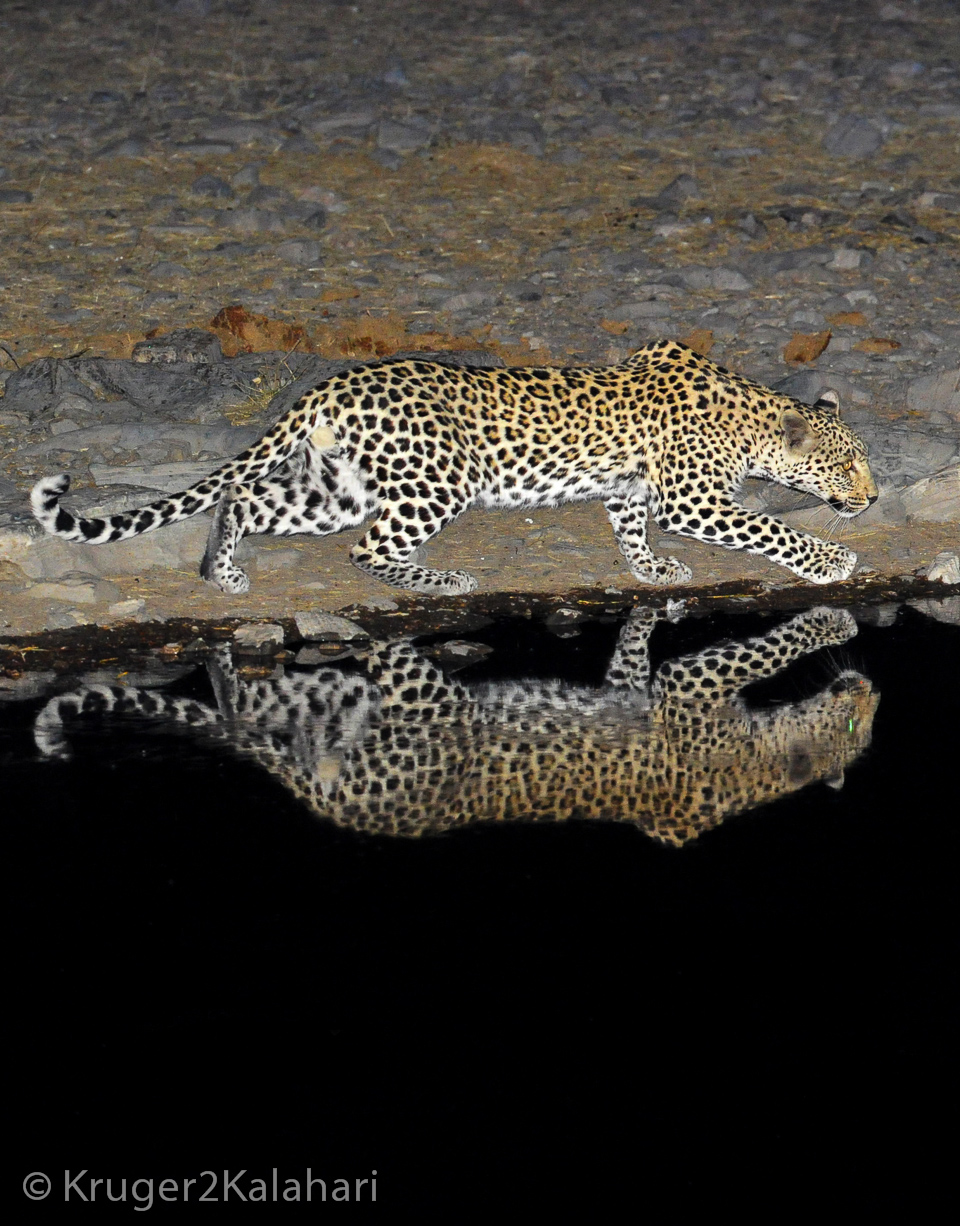
Understanding animal behavior, either that of the animal you are looking for or of its predator or prey, will assist you in finding it and then getting good photographs.
Animal behavior pictures are always pleasing so when you see a mammal or bird it’s important to anticipate what its next move is going to be.
When, for example, you see a giraffe near a river or waterhole it is most probably going to drink.
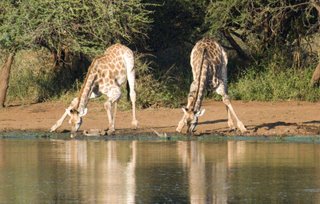
There are many pictures of giraffe bending down to drink so how can you get a more interesting photo? Well every giraffe, when it has finished drinking, raises its head very fast by flicking it up. The resulting spray of water makes a most appealing photograph…
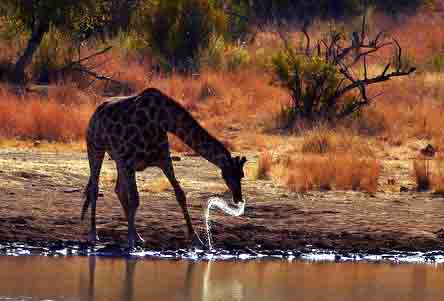
So to witness action and other animal behaviors you should:
Listen for warning / danger / alarm calls of:
• Baboons (barking)
• Francolins
• Impala (the snort is the alarm call while the roar is the sound the male impala makes during the rut)
• Kudu
• Ox-peckers
• Squirrels
• Vervet monkeys
Look for antelope:
• Stretching necks
• Erect posture
• Staring into the bush
• Ears pointed up and forward
We witnessed a cheetah kill in the Kalahari from start to finish by observing a springbok that was intently staring into the dunes with a stiff posture. We also witnessed a lion chasing an impala into the Olifants River by watching waterbuck staring at thick bushes (where the lioness was hiding).
Both of the above incidents took a few hours so you need patience but it is enjoyable as you have the
anticipation of some action that may happen.
Also look out for:
Warthogs with tails erect – we saw a leopard by watching the warthogs with erect tails running through the bush (away from the approaching leopard!)
Animals behaving out of the ordinary. The one year we were parked at a view point along the Shingwedzi River near Kanniedood Dam and there were a whole lot of crocodiles basking in the sun along the banks.
Crocodiles are usually slow when moving out of or back into the water but all of a sudden they started moving quickly into the river one by one. Very strange behavior indeed and then we saw a leopard walking along the river bank hidden by the reeds and as he approached each croc they would quickly slide down into the water with a splash. It is equally important to understand animal behaviour in terms of their habitat and habits.
Let's take the big-five animals...
If you want to find buffalo you should try to find a water source early in the morning or late in the afternoon as buffalo drink twice a day at these times.
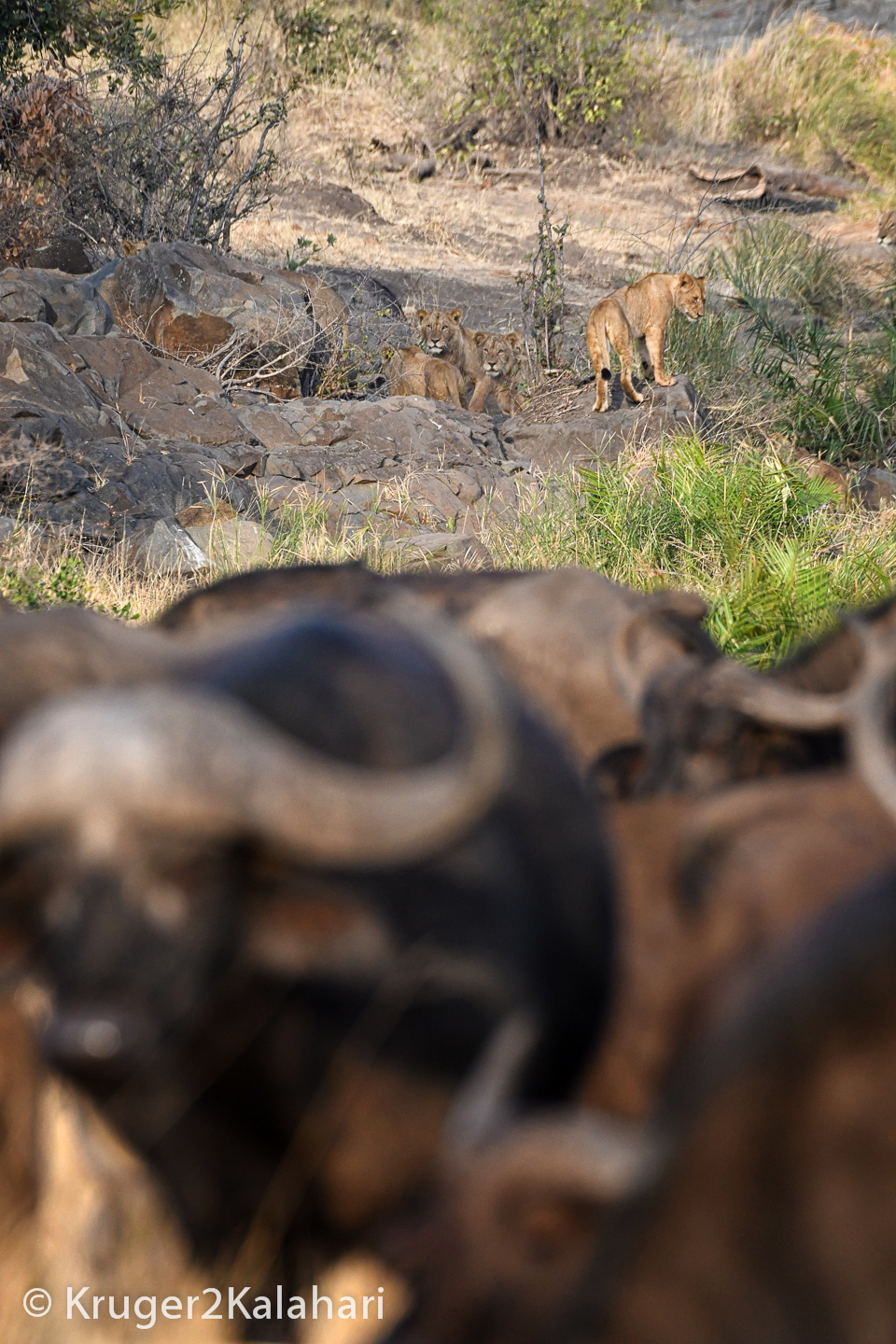
By finding the buffalo you have a good chance of finding lions as they tend to follow the herds around.
Elephants love to bath, so again a waterhole or river should be your target. If you do find elephants at a water source you should be rewarded with antics such as babies playing and splashing, adults drinking, shooting water with their trunks, throwing sand on their backs, suckling etc.
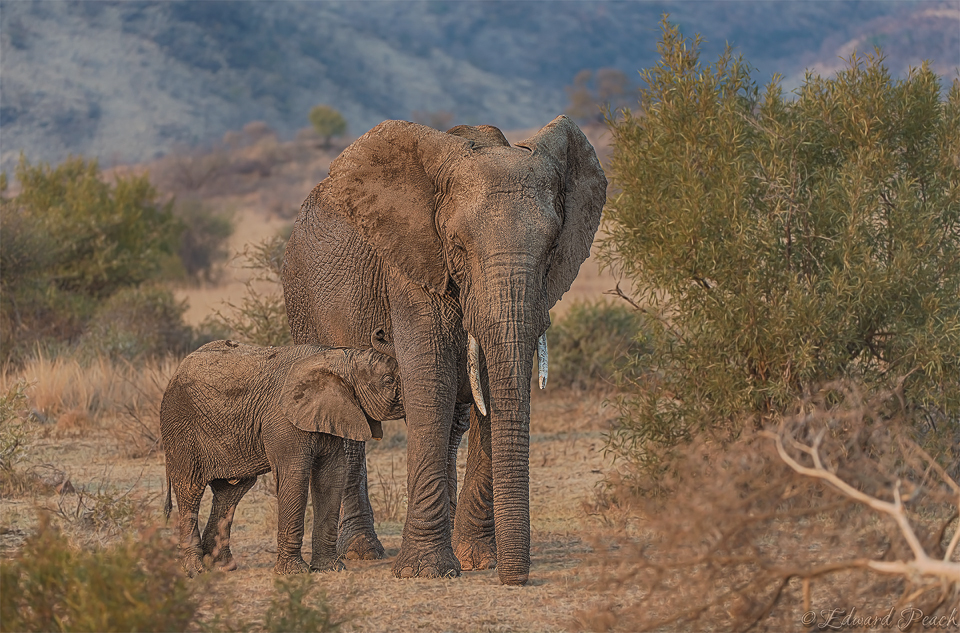
Rhinos also love water and in particular having mud baths at any time of the day.
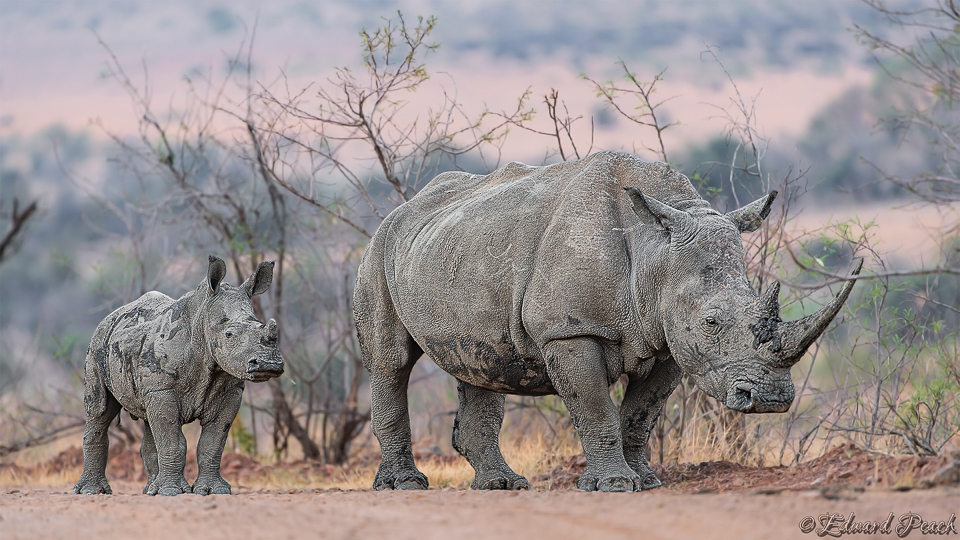
If you want to see leopards you should be driving along rivers, near rocky outcrops, checking trees in these areas and also stopping to scan dry riverbeds…
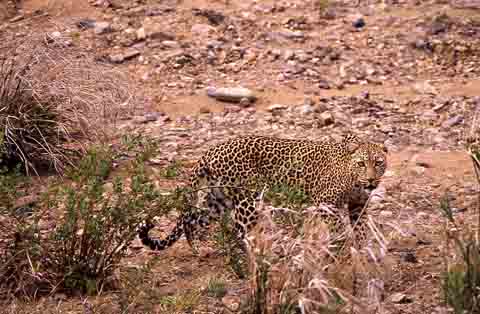
Animal behavior goes hand-in-hand with
animal identification so please keep in mind that if you don't correctly identify the animal you will anticipate the incorrect behavior.
We therefore highly recommend that you buy some good
African safari books so that you can accurately identify the subject and then read up on its behavior. Couple this with our
wildlife photography tips and you should be well on your way to getting some great photographs on your next African safari!
Return from Animal Behavior to Game Viewing Tips
Return from Animal Behavior to Kruger-2-Kalahari home page
To make a safari rental booking in South Africa, Botswana or Namibia click here
"It's 764 pages of the most amazing information. It consists of, well, everything really. Photography info...area info...hidden roads..special places....what they have seen almost road by road. Where to stay just outside the Park...camp information. It takes quite a lot to impress me but I really feel that this book, which was 7 years in the making, is exceptional." - Janey Coetzee, South Africa
"Your time and money are valuable and the information in this Etosha eBook will help you save both."
-Don Stilton, Florida, USA
"As a photographer and someone who has visited and taken photographs in the Pilanesberg National Park, I can safely say that with the knowledge gained from this eBook, your experiences and photographs will be much more memorable."
-Alastair Stewart, BC, Canada
"This eBook will be extremely useful for a wide spectrum of photography enthusiasts, from beginners to even professional photographers."
- Tobie Oosthuizen, Pretoria, South Africa
Photo Safaris on a Private Vehicle - just You, the guide & the animals!
Photo Safaris on a Private Vehicle - just You, the guide & the animals!













New! Comments
Have your say about what you just read! Please leave us a comment in the box below.